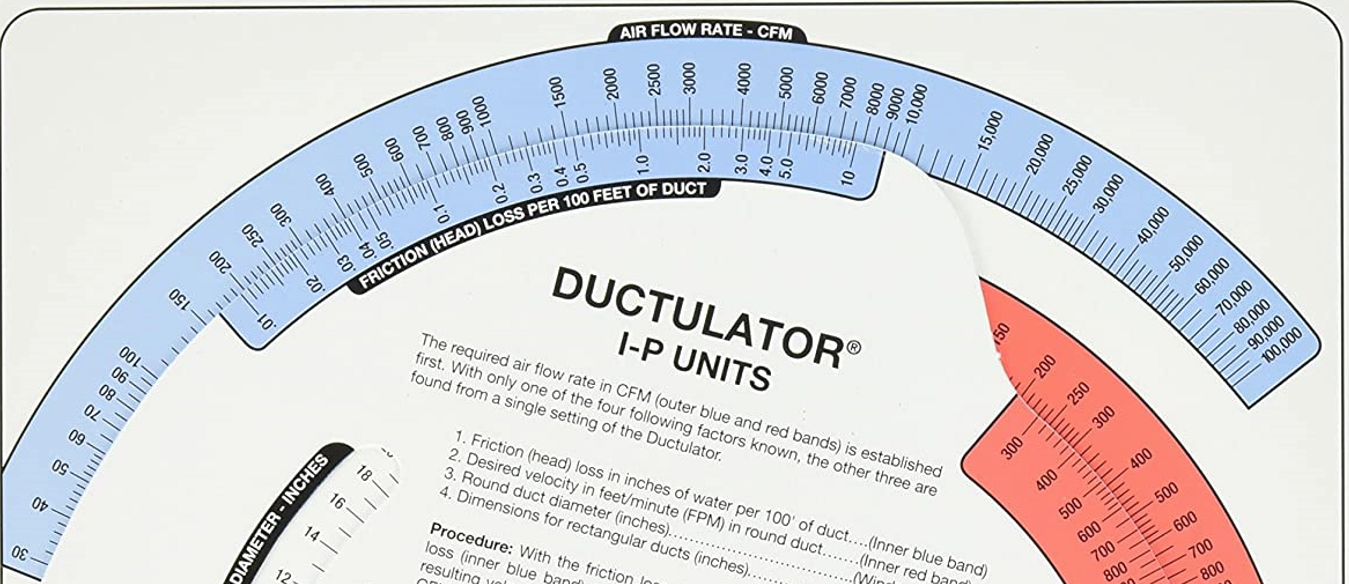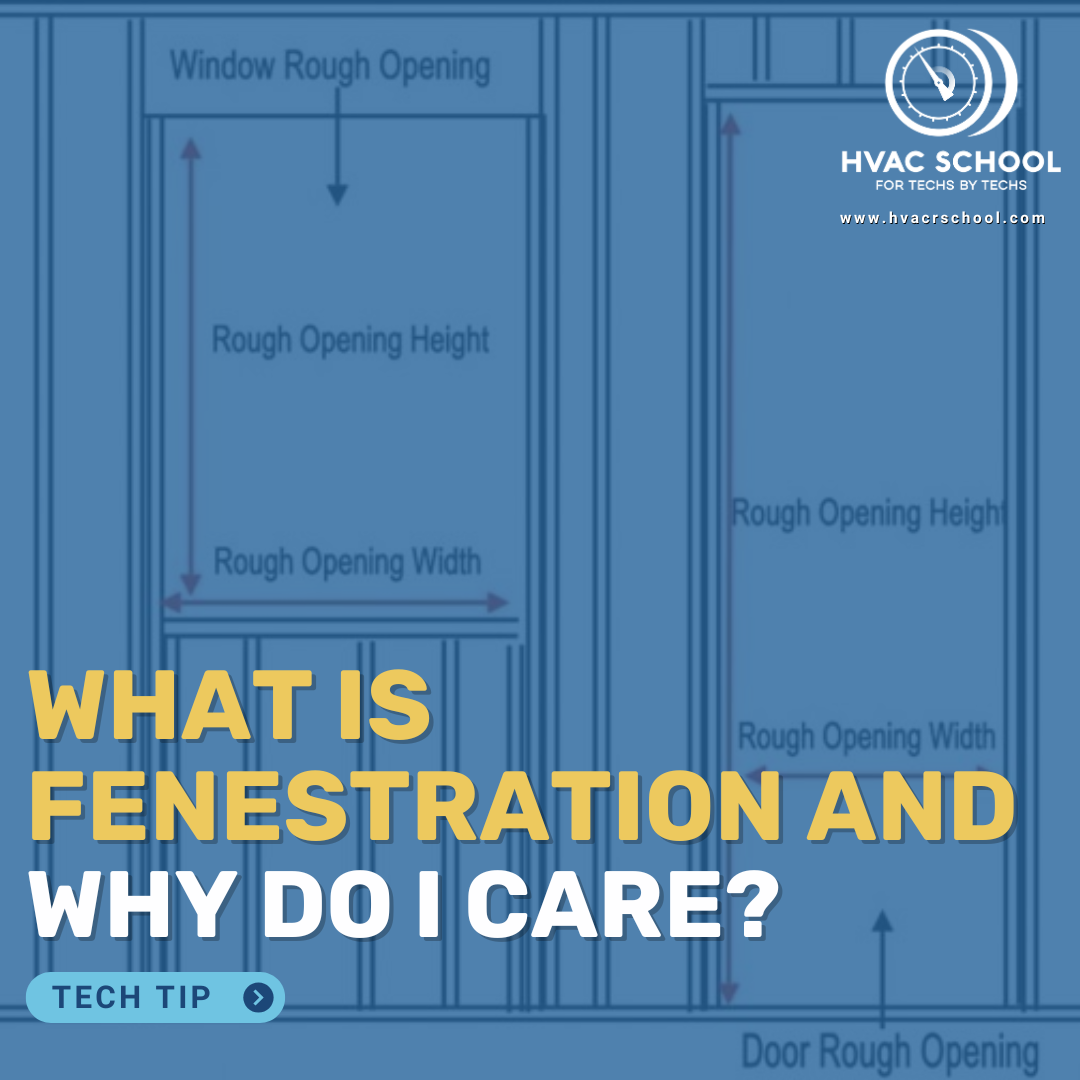Get Tech Tips
Subscribe to free tech tips.
Conduction, Convection, and Radiation

We may not realize it, but heat transfer inside our homes keeps the HVAC industry afloat. Without air conditioning in the summer, our buildings would remain stuffy, miserable places. That’s because heat can come from the outdoors, indoor objects (such as cooking appliances), and our bodies. So, this article will cover the three main types of heat transfer: conduction, convection, and radiation. It will also include some examples of these processes at work in our homes. We’ll also cover R-value and emissivity as they relate to conduction and radiation.
Conduction
Conduction is perhaps the most straightforward of the three heat transfer methods. It occurs when two objects directly touch each other. The atoms vibrate against each other, and the energized particles of the warmer object transfer some of their heat energy to the adjacent colder body.
You can feel conduction in action when you’re sitting in front of a fireplace and hold a metal poker into the flame for a little bit. The handle will eventually start to feel warm. That’s because heat moved from the fire to the poker, which then transferred its heat to your hand via direct contact.
Conduction is one of the reasons why we construct walls with insulation. Conductive heat transfer occurs on contact, so hot objects and gases inside the walls will touch the insulation before touching the wall surface. The insulation is made of a few different materials that make it harder to transfer heat from inside the walls to our rooms via conduction.
Conduction and R-value
Also called R-factor, R-value tells you how well a barrier resists conductive heat transfer. It’s a measure that people commonly use in the construction industry to select appropriate insulation materials. Higher R-values indicate better resistance to conductive heat transfer, so it takes longer for heat to pass through walls or ceilings.
R-value is a measure of heat flow from one side of a wall or ceiling to the other. Different insulation materials of varying thicknesses will have different R-values. For example, a 1.5”-thick fiberglass barrier to a wall can nearly double the R-value of a previously uninsulated 2” x 4” wooden frame from 4.6 to 9 (Kennesaw State University).
Convection
Instead of transferring heat on contact, convection doesn’t require any direct touch. Convection occurs when a fluid (a vapor or liquid) moves, and the fluid’s heat energy moves along with it. So, if the heat energy in the outdoor air passes through a leaky window into a building, that is an example of heat transfer via convection.
Density is partially responsible for the convective phenomenon of “heat rising.” Heat doesn’t actually rise, though; warmer fluids contain more heat and are less dense than colder fluids, so the warmer fluids float while colder ones sink. Convection and density also partially explain why the bottom of a swimming pool is cooler than the surface. The water is a fluid, and the warmer molecules rise because they are less dense than the cooler ones.
Remember when we said that conduction occurs inside walls? Imagine if a wall had a crack. There wouldn’t be a barrier preventing warm gases from passing into a room from inside the walls; the hot gas wouldn’t have to touch anything to transfer heat. Convection occurs when a fluid moves the heat, not direct contact. In this case, that fluid is just the regular air in the home.
Hot air rises, so warmer gas molecules accumulate at the tops of rooms, and that’s why we use ceiling fans to manipulate convection in a process called “forced convection.” According to the University of Calgary’s energy education, rotating the ceiling fan blades clockwise creates a forced updraft, which draws the cooler air up and causes it to mix with the hotter air already near the ceiling. Overall, you get a warmer room because forced convection disrupts the natural separation of warm and cool air. Conversely, counterclockwise rotation creates a downdraft with a wind-chill effect, which keeps us more comfortable during summers.
Radiation
Radiation uses neither direct contact nor fluids to transfer heat. Instead, radiant heat transfer occurs through electromagnetic waves in the air or a vacuum.
Every object gives off some form of radiation. For example, our bodies emit infrared radiation that we can’t see. However, some devices can pick up on infrared radiation and display it as a thermal image. These devices can help us “see” in conditions with reduced visibility, such as when our military must locate people at night or when firefighters must “see” through thick smoke.

A more prominent example is solar radiation. The sun emits ultraviolet (UV) waves, and these may enter our homes through windows. Windows reflect some of the waves, but most of them pass through the glass and heat our homes.
Radiation and emissivity
Emissivity is the ability of an object to emit energy in the form of thermal radiation. It exists on a scale from 0-1, with 0 representing a perfect reflector that neither emits nor absorbs radiation and 1 representing a “perfect black body” that absorbs and emits energy at high rates.

Of course, no real objects have a value of 0 or 1. They have some sort of value in between. Shiny, reflective objects have emissivities closer to 0, while darker surfaces have emissivities closer to 1.
Suppose you were to put a sheet of aluminum foil beside an asphalt blacktop early in the morning. When you’d return after the sun had been up for a while, the blacktop would be significantly hotter. That’s because asphalt absorbs a lot more heat than the shiny foil and has an overall higher emissivity.
As you can see, conduction, convection, and radiation dictate the heat energy movement and content in our homes. We also move heat in the HVAC industry, and our goal is to establish comfort in the face of the natural processes that facilitate heat transfer.










Comments
That was a great refresher! Thanks for posting
That was a great refresher! Thanks for posting
Die Royal Oak 16202ST kombiniert ein rostfreies Stahlgehäuse von 39 mm mit einem ultradünnen Design von nur 8,1 mm Dicke.
Ihr Herzstück bildet das automatische Manufakturwerk 7121 mit 55 Stunden Gangreserve.
Der blaue „Bleu Nuit“-Ton des Zifferblatts wird durch das feine Guillochierungen und die Saphirglas-Abdeckung mit Antireflexbeschichtung betont.
Neben klassischer Zeitmessung bietet die Uhr ein praktisches Datum bei Position 3.
14790st
Die bis 5 ATM geschützte Konstruktion macht sie alltagstauglich.
Das integrierte Edelstahlarmband mit verstellbarem Dornschließe und die oktogonale Lünette zitieren das ikonische Royal-Oak-Erbe aus den 1970er Jahren.
Als Teil der legendären Extra-Thin-Reihe verkörpert die 16202ST meisterliche Uhrmacherkunst mit einem Wertanlage für Sammler.
Die Royal Oak 16202ST kombiniert ein rostfreies Stahlgehäuse von 39 mm mit einem ultradünnen Design von nur 8,1 mm Dicke.
Ihr Herzstück bildet das automatische Manufakturwerk 7121 mit 55 Stunden Gangreserve.
Der blaue „Bleu Nuit“-Ton des Zifferblatts wird durch das feine Guillochierungen und die Saphirglas-Abdeckung mit Antireflexbeschichtung betont.
Neben klassischer Zeitmessung bietet die Uhr ein praktisches Datum bei Position 3.
14790st
Die bis 5 ATM geschützte Konstruktion macht sie alltagstauglich.
Das integrierte Edelstahlarmband mit verstellbarem Dornschließe und die oktogonale Lünette zitieren das ikonische Royal-Oak-Erbe aus den 1970er Jahren.
Als Teil der legendären Extra-Thin-Reihe verkörpert die 16202ST meisterliche Uhrmacherkunst mit einem Wertanlage für Sammler.
I just like the helpful information you supply in your articles. I will bookmark your weblog and test once more here regularly. I am relatively certain I will learn plenty of new stuff right right here! Best of luck for the next!
I just like the helpful information you supply in your articles. I will bookmark your weblog and test once more here regularly. I am relatively certain I will learn plenty of new stuff right right here! Best of luck for the next!
I am extremely impressed along with your writing talents and also with the layout on your weblog. Is that this a paid topic or did you customize it your self? Anyway keep up the nice quality writing, it is rare to peer a nice blog like this one these days!
I am extremely impressed along with your writing talents and also with the layout on your weblog. Is that this a paid topic or did you customize it your self? Anyway keep up the nice quality writing, it is rare to peer a nice blog like this one these days!
To leave a comment, you need to log in.
Log In